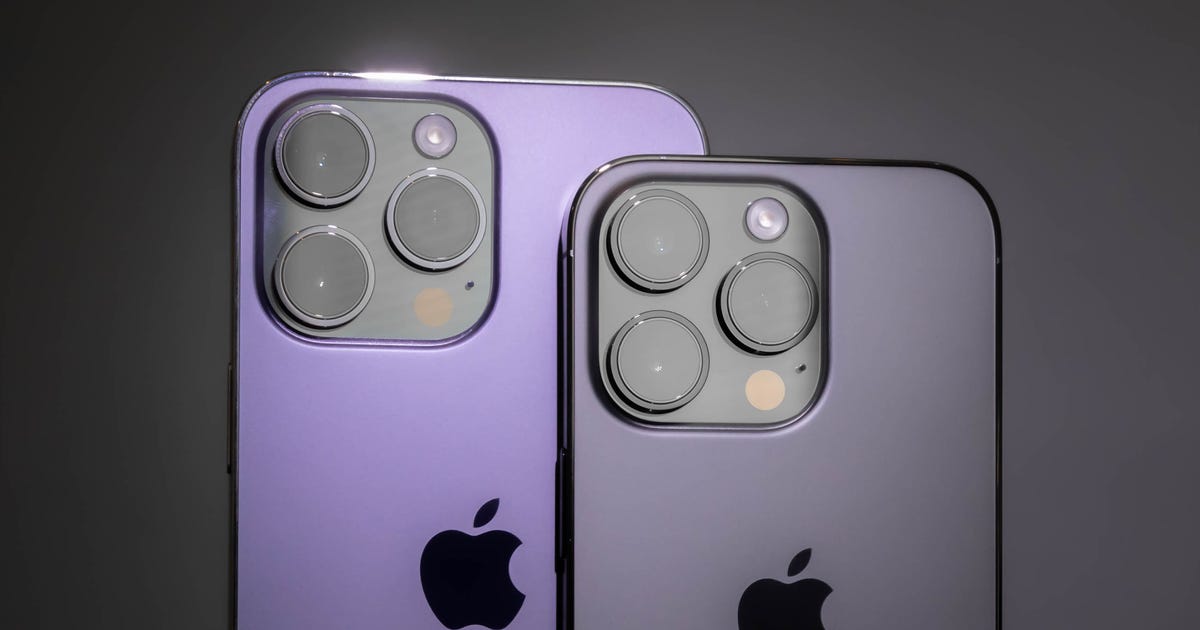Will the next iPhone actually sport a larger screen? A new report from the Wall Street Journal suggests it will.
Citing “people familiar with the situation,” the Journal said today that Apple has been tapping into its suppliers for screens larger than the ones used in the current iPhone. The new screens are at least 4 inches, compared with the 3.5-inch displays used on the phone since its debut in 2007.
Assuming the sources are on the money, production of the screens could rev up next month, the Journal added. The most recent reports say Apple will unveil the next iPhone in early fall — September or October. An October date would match up with the launch of the iPhone 4S last year.
A larger screen could be a sign that Apple is trying to play catch-up with its Android rivals, particularly Samsung. The Korean handset maker has enjoyed a huge surge in sales and market share over the past year, Most research reports now cite Samsung as the top smartphone and mobile phone maker around the world.
Apple is reportedly ordering screens from several manufacturers, say some of the Journal’s sources. Those include LG, Sharp, and Japan Display, a new outfit formed by the Japanese government and three companies.
Related stories
- iPhone to get 4.6-inch Retina Display, report says
- Rumor: iPhone 5 with 4-inch screen expected this summer
- iPhone 5 launching with 4-inch screen, new Dock connector?
The latest smartphones are increasingly inching up in screen size, making them look and feel like mini tablets.
Samsung recently announced its new Galaxy S III phone, measuring a whopping 4.8 inches, one of the largest displays in the market. The company’s Galaxy Note is being marketed as a phone. But at 5.3 inches, it’s actually bigger than a lot of tablets.
The latest intel from the Journal follows other reports suggesting that the next iPhone will offer a larger screen.
However, Mizuho Investors Securities analyst Nobuo Kurahashi told the Journal that the move to a larger screen isn’t necessarily a response by Apple to rival its rivals. Pointing out that the screen size wouldn’t be the phone’s defining feature, the analyst said that “the smartphone market has become diverse, but the iPhone still sets the agenda.”




